The most common question asked on Lonely Speck answered for Canon shooters!
What is the best lens for astrophotography? The one that collects the most light.
Below is a list of the highest scoring lenses for untracked nightscape photography and astrophotography. The score is a direct representation of light gathering capabilities based on the formula:
Score = (aperture area) × (angular area) × (suggested shutter speed)
Where the shutter speed is the longest suggested shutter speed in seconds based on the “500 Rule” (500/focal length). Aperture area is the surface area calculation of the clear aperture of the lens and the angular area is the angular field of view in square radians. This score is a mathematical calculation based purely on some simple physics. It doesn’t account for other considerations like the lens’s build quality or optical aberrations but it’s a good gauge of overall light gathering capability. You can also see the complete list of scores here, complete with calculations and further explanation.
All of the lenses listed here are my personal suggestions for photographers looking to get the absolute best astrophotography results with their camera. If using the given camera mount, these are the lenses that I would use. Most of these lenses are manual focus lenses by Rokinon which also tend to be much more affordable than their autofocus Canon counterparts. Additionally, most of the Rokinon lenses are sharper and tend to exhibit less coma aberration than their Canon counterparts. If you’re willing to learn how to use manual focus, Rokinon lenses are spectacular performers.
If you would like to know more about the thoughts that went into creating this list, please read my article on how to pick a lens for Milky Way photography.
EF Mount (Full Frame and APS-C)
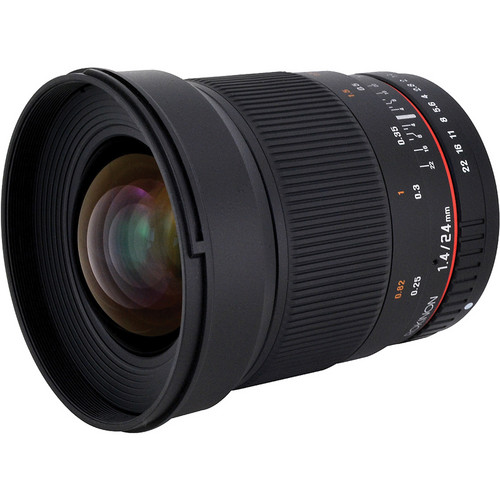
24mm/1.4: Rokinon 24mm f/1.4 ED AS UMC ( Amazon / B&H )
- The best night photography and astrophotography lens you can buy. Excellently sharp, especially when stopped to f/2. Manual focus.
- My full review of the Rokinon 24mm f/1.4
- Score: 2869
- This is my go-to lens for astrophotography on a full-frame DSLR. It’s fast, wide and shows very little aberration problems. Still my personal favorite for Canon full frame DSLRs like the 6D, 5D Mark III and 5DS/R cameras.
- Sample from the Rokinon 24mm f/1.4:
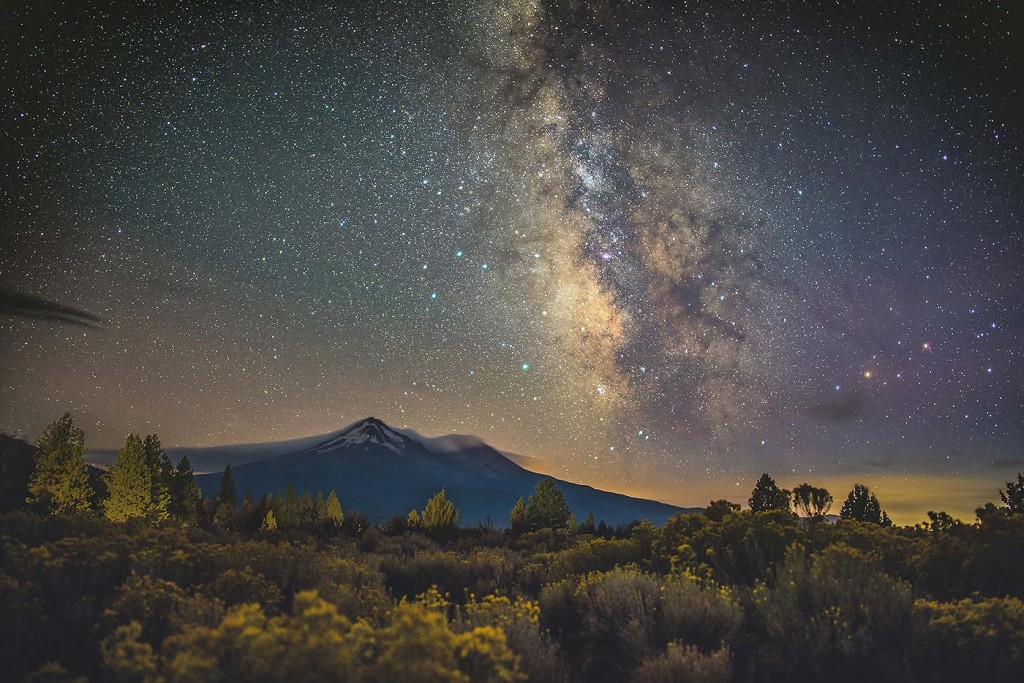
35mm/1.4: Rokinon 35mm f/1.4 US UMC ( Amazon / B&H )
or Sigma 35mm f/1.4 DG HSM Art ( Amazon / B&H )
- Standard wide angle for tighter landscapes or stitching multiple exposures into larger panoramas. Rokinon is manual focus, Sigma is autofocus.
- Score: 2084
14mm/2.8: Rokinon 14mm f/2.8 IF ED UMC ( Amazon / B&H )
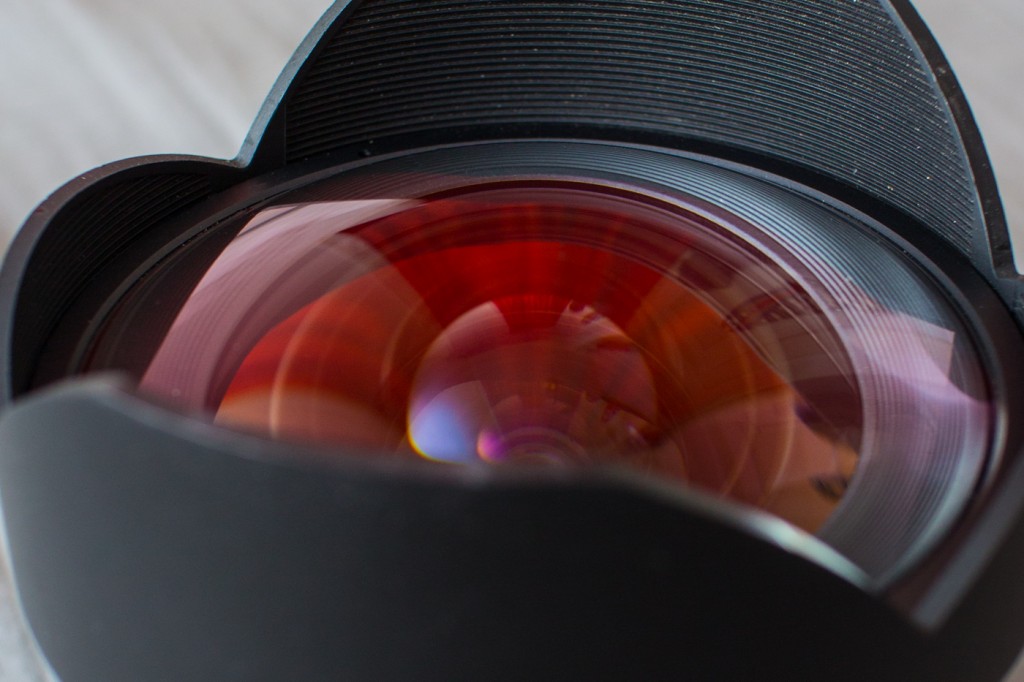
- Essential ultra-wide angle for large sweeping landscapes. Manual focus. One of the most affordable full frame nightscape lenses.
- My full review of the Rokinon 14mm f/2.8
- Score: 1032
- Sample image from the Rokinon 14mm f/2.8:
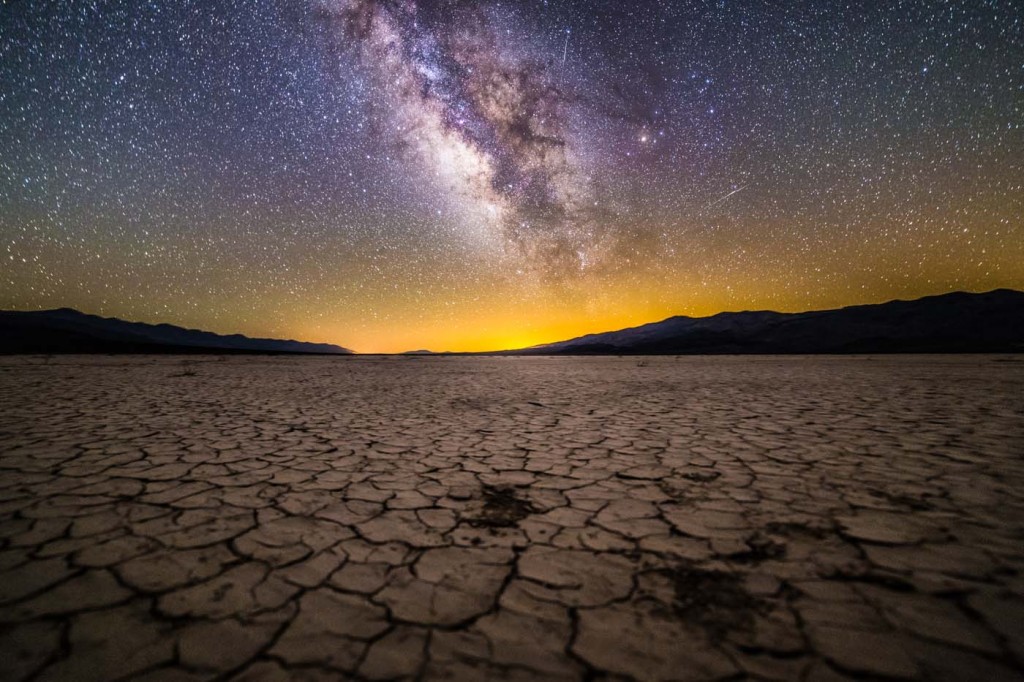
EF-S Mount (APS-C Only)
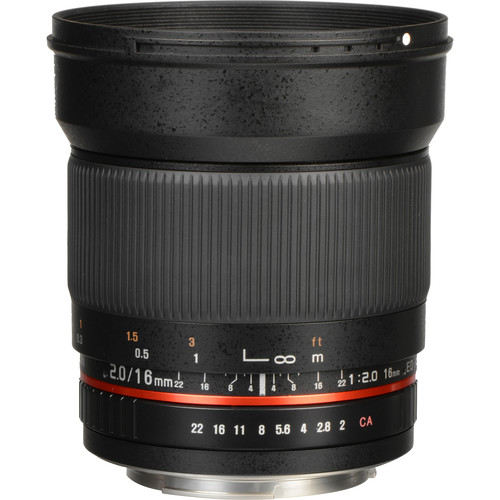
16mm/2.0: Rokinon 16mm f/2.0 ED AS UMC CS ( Amazon / B&H )
- The best combination of wide angle and large aperture. Manual focus.
- Score: 1875
10mm/2.8: Rokinon 10mm f/2.8 ED AS NCS CS ( B&H )
- APS-C alternative to the Rokinon 14mm/2.8. Excellent for ultra-wide angle landscapes. Manual focus.
- Score: 1184
11mm/2.8: Tokina 11-16 f/2.8 AT-X PRO DX II ( Amazon / B&H )
- Covers the same range as the two previous lenses combined. Excellent super wide angle zoom with autofocus.
- Score: 1149 (at 11mm)
EF-M Mount (APS-C Mirrorless)
12mm/2.0: Rokinon 12mm f/2.0 NCS CS ( Amazon / B&H )
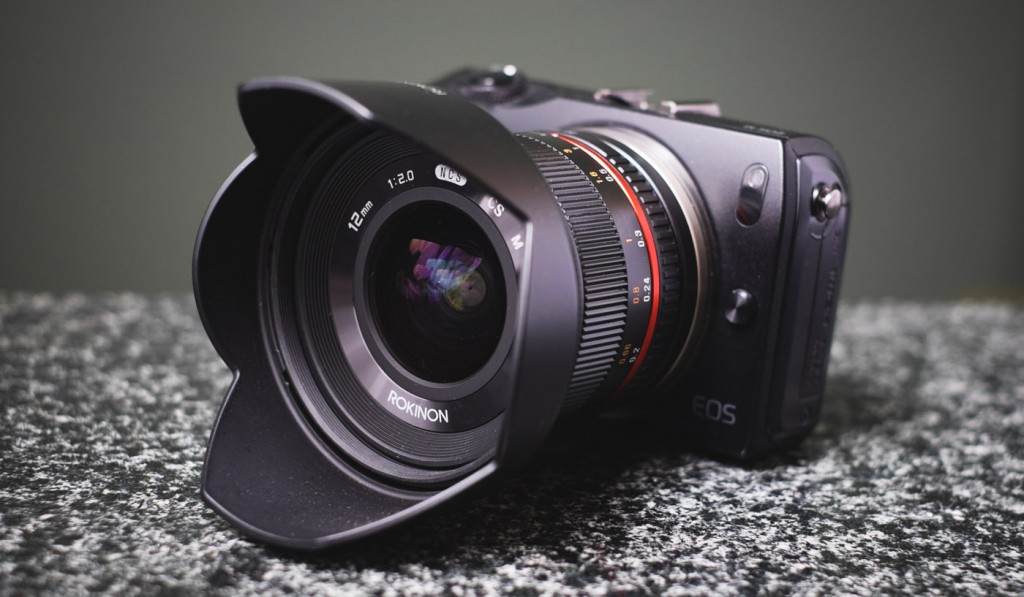
- Best lens for astrophotography on a mirrorless system. Nice and compact, best combination of super-wide field of view and large aperture.
- Score: 2176
- Sample image from the Rokinon 12mm f/2:
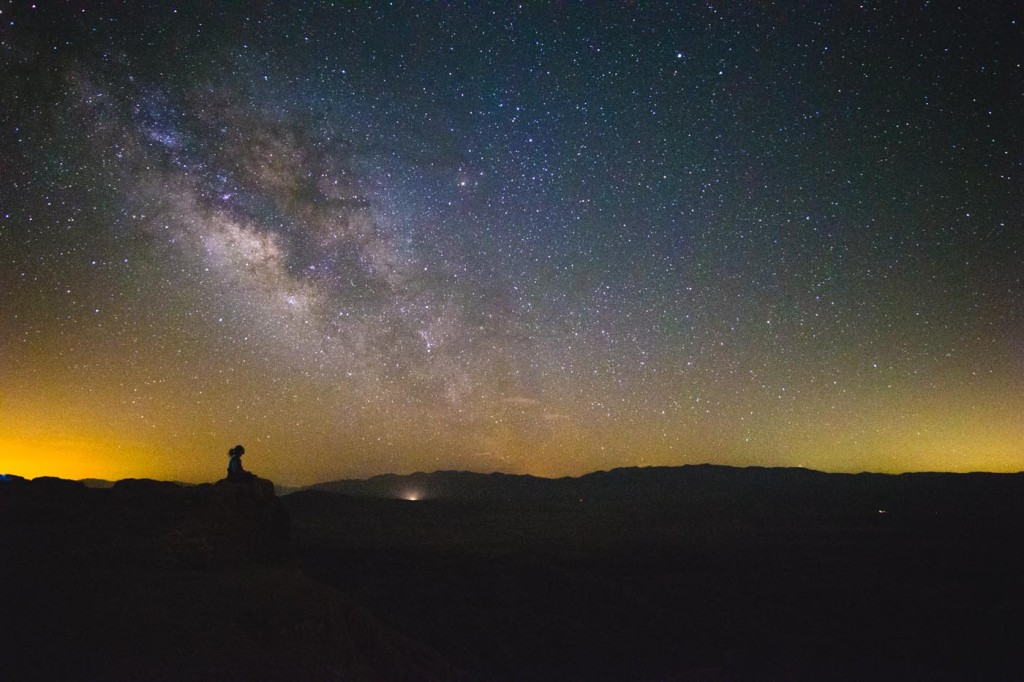
22mm/2.0: Canon EF-M 22mm f/2.0 STM ( Amazon / B&H )

- Surprisingly sharp and extremely compact lens. Also very cheap. Standard wide angle view makes it good for panorama stitches.
- Score: 1505
- Sample image from the Canon EF-M 22mm f/2 STM:
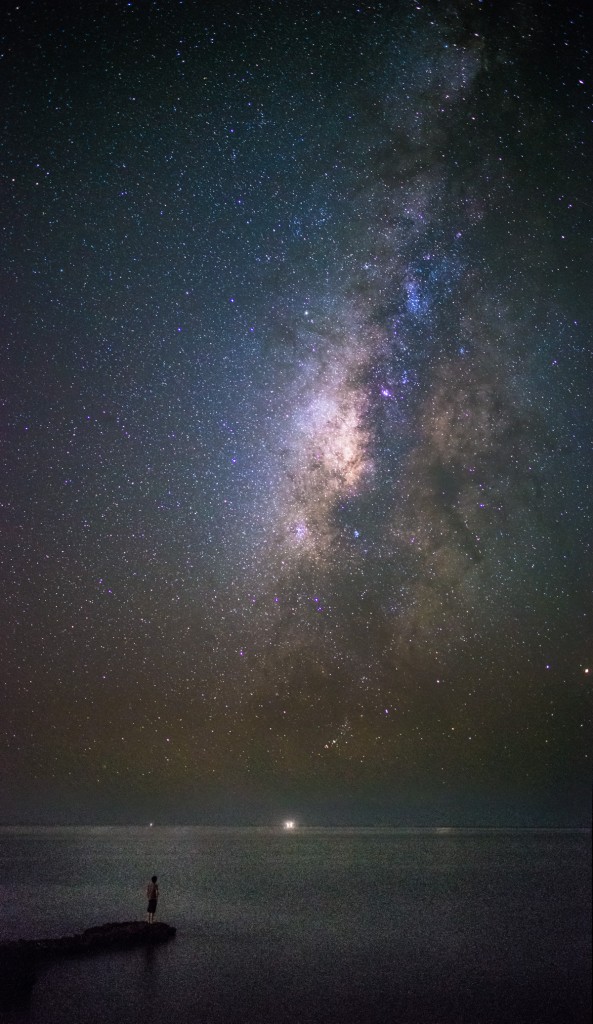
8mm/2.8: Rokinon 8mm/2.8 Fisheye II ( Amazon / B&H )
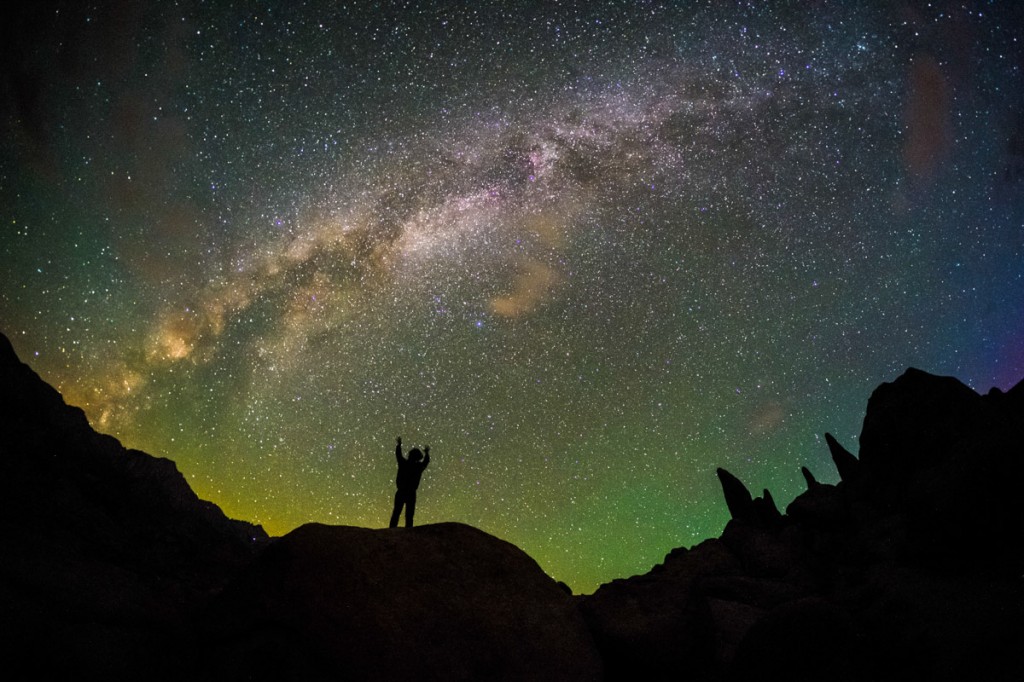
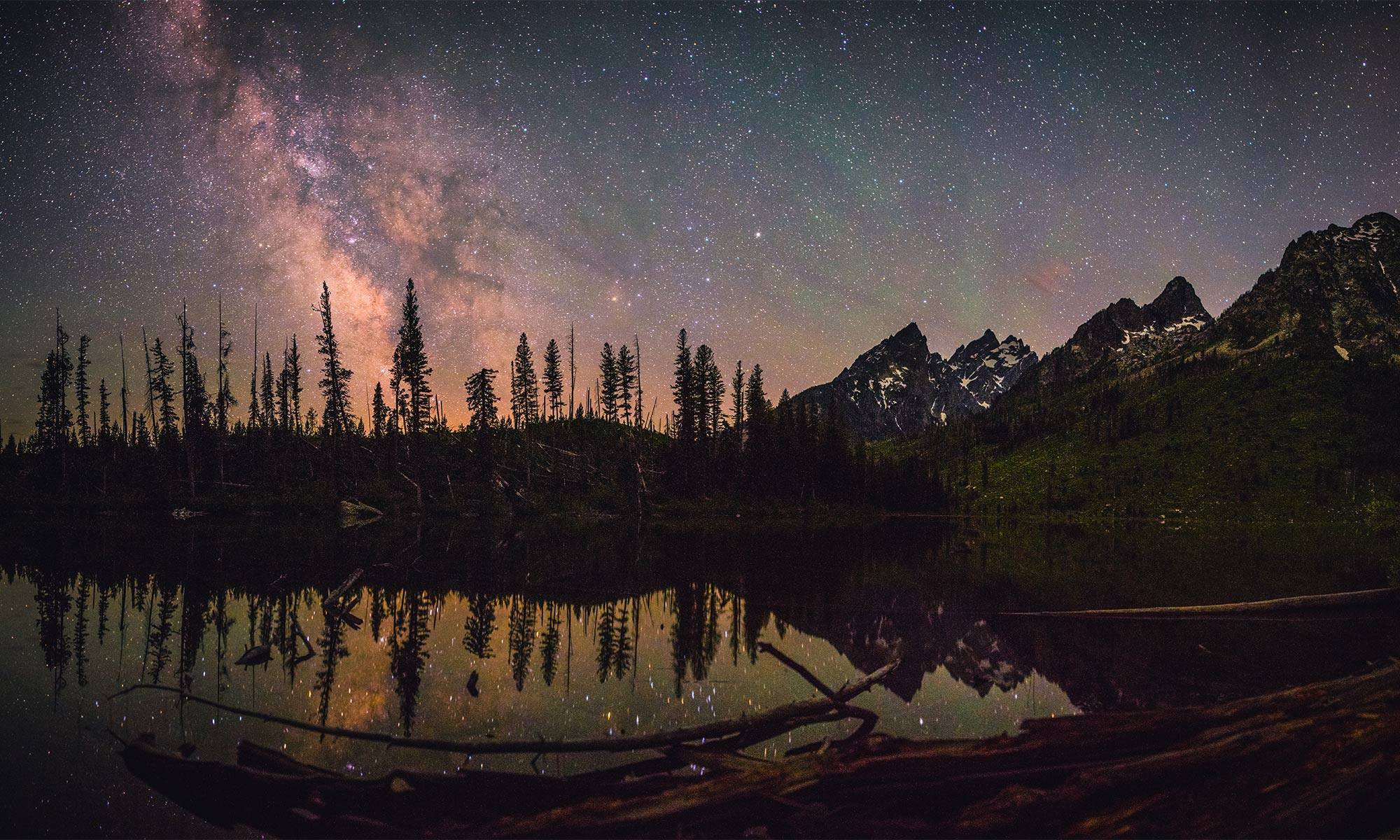
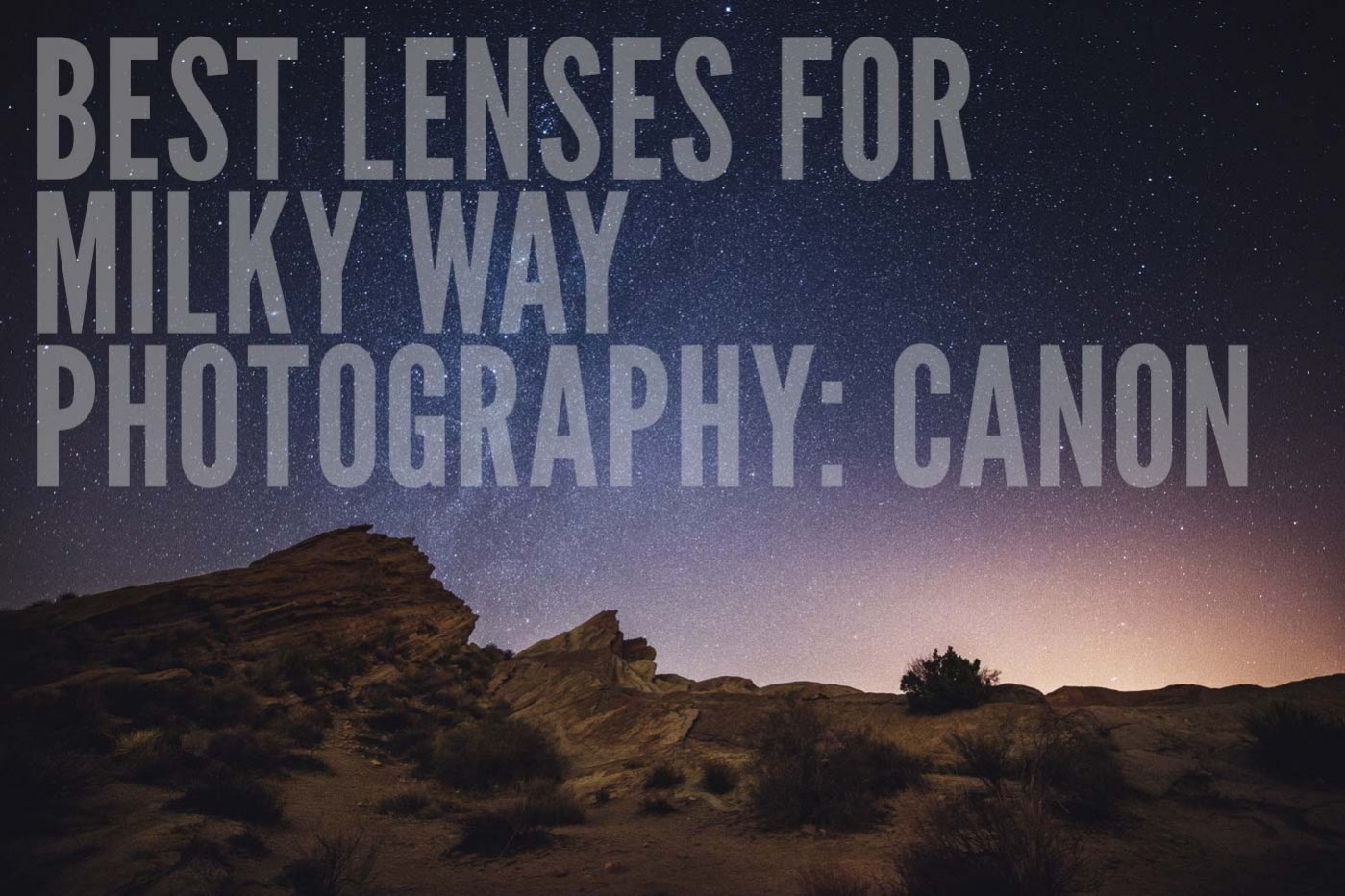
Hi Ian… Firstly, thank you for such a spectacular plethora or great information!
I have a Canon 70D (APS-C). Currently using the 18-135mm f/3.5-5.6 IS STM.
I was able to get a decent shot of the Milky Way, but would like to get a great shot!
My goal was to get an UWA lens that I could use for both daytime landscape and astrophotography. As I live in Ohio, it would probably be used for 80% daytime landscape, and 20% astro.
I was going to get the Tokina 11-16, until I saw how bad the CA score was on DxOMark. I then ran across the new Canon 10-18mm f/4.5-5.6 IS STM. Everything about it had me ecstatic, until I realized how horribly it scored for astrophotography (due to it’s narrow aperture).
My question then is: Can I find one lens that serves both purposes well, for under $900, or would I be much better off getting the Canon 10-18mm for daytime landscape, and then the Rokinon for astro?
If I get the Rokinon strictly for astro, on an APS-C, would you recommend the 16mm/2.0 or the 10mm/2.8?
Thank you so much, in advance!
Hello all,
I was bummed not to get a reply from Ian, but I still had to make a decision, as I was headed on a trip, so I ended-up purchasing both the Canon 10-18mm/f4.5-5.6 and the Rokinon 16mm/f2.0. I was planning to report back for those of you that were curious. However, after taking hundreds of shots, my memory card from this trip was stolen. Sadly, they were primarily nature, fall foliage landscape, and shots of natural anomalies which I can’t just go reproduce. Even a bigger shame is that I have my name / number on the card, with an offer for a $100 reward if returned, but they’re still gone. I was hoping to find if my lens choice was the right one, not to mention the time spent behind the camera to capture memories of the trip.
Hey Johnny G, sorry I didn’t respond sooner. Sometimes I get buried a bit in comments. I think your lens set up decision is a good one. I’m curious about the Canon 10-18. I think it’s a killer deal for such a wide angle lens. Sad to hear about your memory card. I had two cards from my Burning Man trip go missing before I had downloaded everything so I know how you feel. Just a bummer.
Your set up is not too far off from my current set up desires. I’m sporting the 24mm/1.4 on the a7S as the dedicated astro set and I’m looking at getting the Sony 10-18 for the a6000 as the landscape set. All told, those are equivalent to your kit so I would say you’re at the very least on the same track as I am. 🙂
Thank you for your help with lens selection, and advice on returning my first copy of the Samyang. Have had my second copy a few weeks now and much happier with it. Wanted to share a recent milky way pano shot with it in Tasmania.
https://fbcdn-photos-c-a.akamaihd.net/hphotos-ak-xaf1/v/t1.0-0/1920121_452440494894290_5182758346018610955_n.jpg?oh=3036d8cbc6972a409c563979e35a7f8f&oe=54F8CEBF&__gda__=1420510145_a278c66ef903715f8be0f1f1079870c8
Hey Ian, do you know of any good fast 50mm lenses with low to no coma?
The best options that I know of are the Zeiss 55mm f/1.4 Otus Distagon T* and the Sigma 50mm f/1.4 Art. The verdict is still out on the newly announced Rokinon / Samyang 50mm f/1.4 which I hope to test soon.
Dear Ian,
Would you have any information to share on the Canon 16-35 f2.8 LII lens and how does it compare with your personal favourite, Samyang 24mm f1.4.
Thank you.
It is an OK lens for astrophotography. It has a little bit of sagittal astigmatism/coma at f/2.8 though so that’s why I recommend the Rokinon lenses instead. Both the Rokinon 24mm/1.4 and the 14mm/2.8 would be a better choice. Just keep in mind that they are both manual focus only while the Canon has autofocus.
Hi Ian, will be heading to Arizona next month and was wondering what you think of the Canon 6D paired with the Canon 14mm f/2.8L II lens. I am considering renting that combo to use for both landscape work and night sky/milky way images with the culmination being shooting the night sky from the View hotel in Monument Valley near the end of October.
Beautiful lens for daytime landscapes, rubbish lens for night work. Here is a 100% crop fro. the corner of the Canon. http://www.extremeinstability.com/lenstestimages/nightcoma-canon14-57530.jpg here is the same from the corner of the Samyang 14mm f2.8 http://www.extremeinstability.com/lenstestimages/nightcoma-samyang14-57525.jpg the samyang at about 25% of the price of the Canon beats it by a wide margin on performance for astrophotography. Hell you could probably by the Samyang for less than it will cost you to rent the Canon for a few weeks. The images are from a more detailed review and comparison of the two lenses well worth reading which can be found here http://www.extremeinstability.com/lens14mm.html
i guess it comes,down to how much daytime vs night time work are you going to do, and if you can cope with full manual operation of aperture and focus. if you dont mind manual and are going to be doing any significant amount of night work I’d strongly reccommend just buying the Samyang.
I have to agree with RobS here. The Canon variants of almost all the lenses listed here are surprisingly disappointing for night photography. It seems like Canon just doesn’t prioritise correcting coma and astigmatism aberration because its a problem that only seems to make itself apparent in rare situations (like astrophotography). If you’re renting for landscapses and astrophotography specifically, the Canon 6D and Rokinon/Samyang would be a better rental.
Thanks to both of you. I will definitely give some thought to the Samyang/Rokinon if the budget permits.
Aloha Ian…I shoot with a Canon 6D and am interested in a lens to support night photography with the glow of active volcanoes! I live just outside the Hawaii Volcano National Park and the active crater of Halemaumau. Also the summit of Mauna Kea is just an hour or 2 away, great sky shots are possible with the right glass. Any suggestions?
Aloha, Mary
Mary,
On the 6D my go to lenses are the 14mm/2.8 and the 24mm/1.4. The 14mm is the best for super wide angle shots where you have very prominent foreground features close to the camera that you want to capture as well.
The 24mm is the low-light champion because of it’s f/1.4 aperture so if you want the best results in super dark conditions, the 24mm may be the better choice but keep in mind that it’s not quite as wide as the 14mm/2.8.
Ian
Mahalo, will make a selection and purchase through amazon
Ian,
Great information and very detailed, especially the spreadsheet on lens ratings. I am just beginning to image the night sky with a Canon 7D and a 28-135 mm kit lens. The 7D is modified by Spencer’s Camera visible and H alpha filter. Of course I am looking at a Rokinon 12 mm 2.0. Just wondering if you have advice for exposure settings or lenses. Thanks Dennis from Tahoe
Dennis, unfortunately the Rokinon 12mm f/2.0 won’t be able to mount to the Canon 7D, it’s only able to fit to the EOS M and M2 mirrorless cameras. You’ll be limited to the DSLR lenses from Rokinon like the 10mm/2.8, 14mm/2.8 and 16mm/2.0.
As far as exposure, check out the exposure calculator for a decent starting exposure. It should get you 90% there and then you can make small adjustments to your liking. I’m in the Tahoe area currently. If you want to meet up sometime soon, shoot me an email: [email protected]